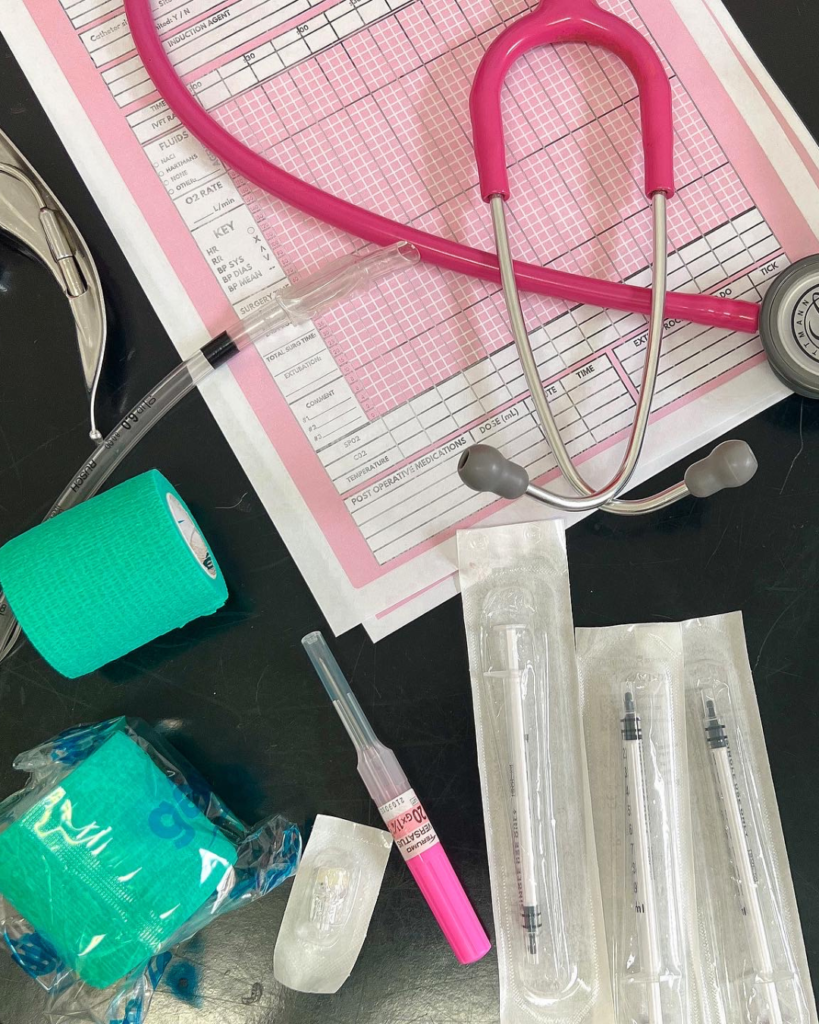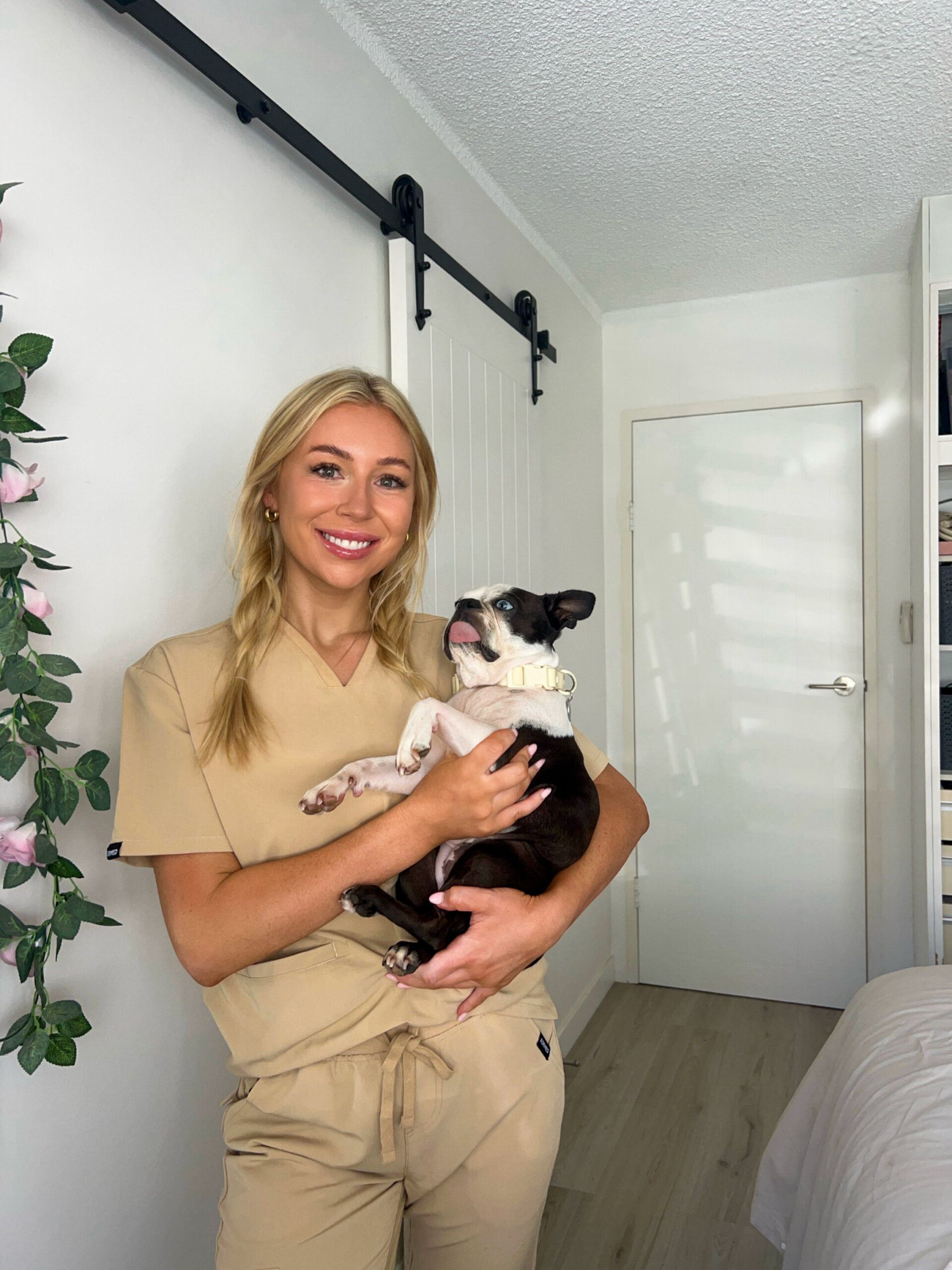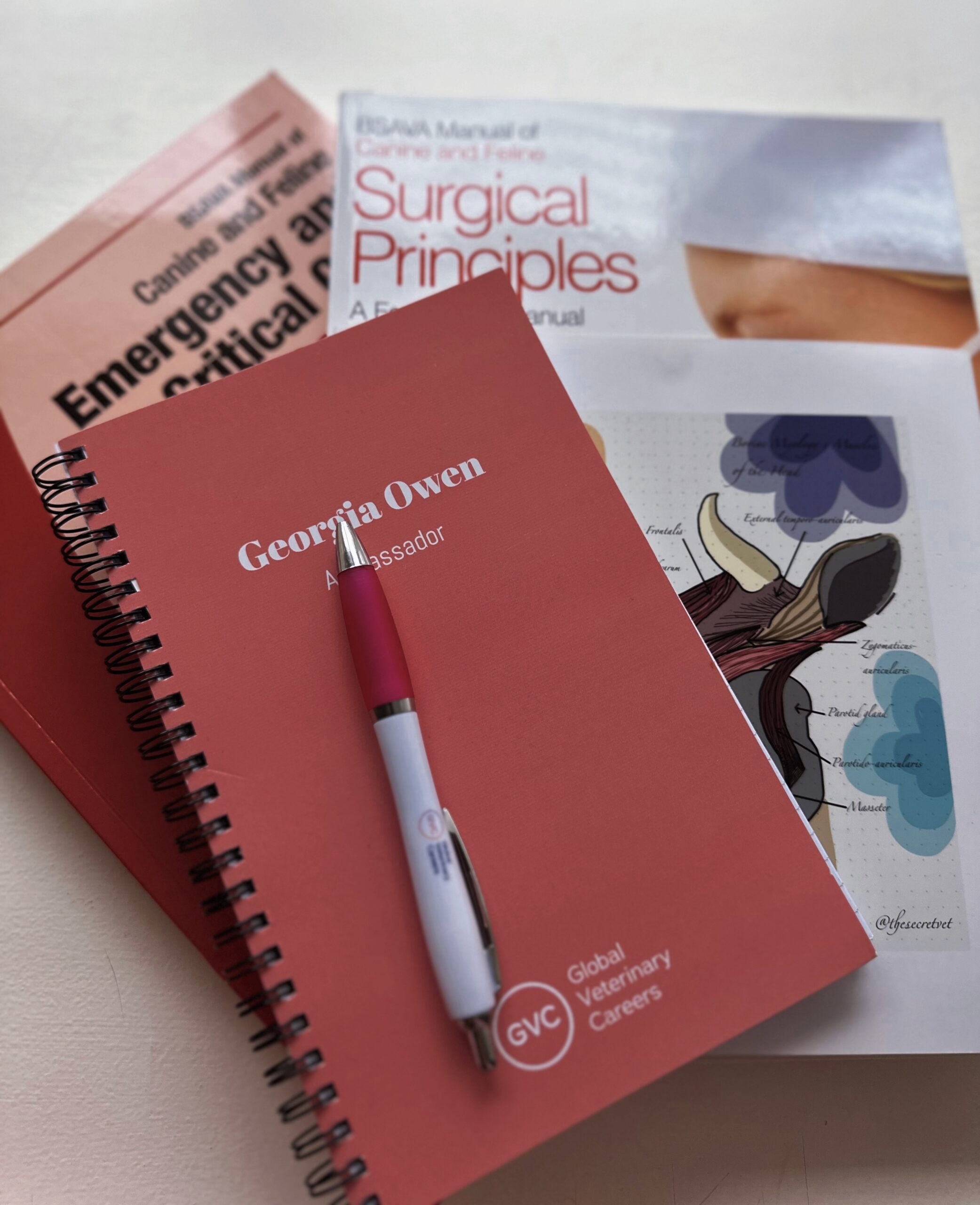In the heart of every veterinary clinic, a dedicated team of veterinary nurses works tirelessly to ensure the well-being of our beloved animal companions.
Behind the scenes, these unsung heroes navigate the intricate world of patient care, where compassion, routine, and individualised attention intertwine.
Enter the vet nurse patient care plan – a crucial tool that transcends the boundaries of traditional care, emphasising the personalised touch necessary for patient recovery and rehabilitation.
Understanding the Vet Nurse Care Plan
At its core, a nurse care plan is a document crafted to assess each patient as an individual, setting forth a tailored plan of care complete with specific goals.
It goes beyond the conventional checklist, providing a platform to record potential issues that may arise during a patient’s stay and documenting the corresponding nursing actions taken.
Chat to the pet owner
Asking clients simple questions and feedback about their pets’ preferences such as:
- Asking the owner what type of bowl their pet eats from at home – metal or porcelain bowls?
- Where they eat – outside or inside?
- What is there favourite food? Dry or wet? Any particular brand?
- Does the dog go to the toilet on command? Is there a certain word that they respond to?
- What bedding do they sleep on at home?
- When do they toilet?
- When do they exercise?
Ask the clients to bring a piece of clothing, a toy or bedding so they can smell the scent whilst in a strange foreign place and feeling unwell.
A dog with kidney failure who needs days of intravenous fluid therapy, will benefit from sticking to their regular schedule as much as possible and therefore speed up their recovery.
Fussy dogs of 2024 may resist eating a food they do not like out of a bowl they do not like and therefore take longer to recovery and see the positive side of recovery.

Within the Clinic
The clients feedback then transcends over the patients hospital stay from nurse to nurse.
Helping to assess pain and routine and keep their routine as regular as possible, here we can create a bridge between the familiarity of home and the challenges of a veterinary hospital, ensuring that each patient receives care that is not only effective but also considerate of their individual preferences and routines.
It’s a holistic approach that considers the physical, emotional, and psychological well-being of our animal companions.
Along with heavy documentation of vital signs, input and output, medication administration and client communication, the nurse patient care plan is essential from admission to discharge throughout the patients stay.
Its also very useful to keep the same nursing team with the same patients over their stay building a small relationship, trust and comfort for that patient.
By recognising the uniqueness of each patient and integrating client feedback, these plans pave the way for a more compassionate and effective veterinary practice.

Written by Tess Nolan



